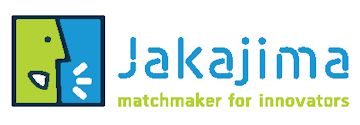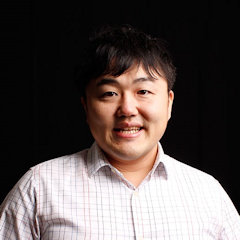presentation by Michinao Hashimoto, Singapore University of Technology and Design at ONLINE 3D Food Printing Conference (November 26, 14:30 – 18:30 CET). REGISTER HERE to attend
3D printing of food has been achieved by various methods of fabrication including selective laser sintering (SLS) and hot-melt extrusion. However, these methods are not always suitable to create 3D models of temperature-sensitive food because they require high temperatures for processing.
In this talk, we discuss our recent progress of 3D food printing based on cold-extrusion. We applied the method of direct ink writing (DIW) to perform 3D printing of chocolate-based and milk-based products at room temperature. Rheological properties of the printing ink were studied for their suitability for the extrusion through the nozzle and the shape retention upon layer-by-layer deposition. Extending our method, multi-material printing has also been demonstrated to create edible 3D structures with heterogenous arrangements of foods.
Given the versatility of the demonstrated method and materials, we envision that cold-extrusion of food inks will be applied in creating nutritious and visually appealing food that would enhance the appetite and entice people to consume it, with potential benefits in serving personalized foods for healthcare needs.
program: https://3dfoodprintingconference.com/program/
Interview
What drives you?
Our research group is interested in broad topics in fluidic technologies and digital fabrication. 3D food printing is one of the recent focus areas. We are motivated by curiosity for the science of 3D printing (e.g., fluid mechanics and rheology) as well as their applications in food engineering.
Why should the delegate attend your presentation?
Please join us if you are interested in how fluid mechanics plays key roles in 3D food printing.
What emerging technologies/trends do you see as having the greatest potential in the short and long run?
Liquid-in-liquid 3D printing offers unique ways to provide different physicochemical environments for printed materials, which enhance the printability of materials and unlock the full potential of DIW 3D printing.
Michinao Hashimoto is an assistant professor at Singapore University of Technology and Design and the principal investigator of Soft Fluidics Lab. His team is interested in various research problems in microfluidics, digital fabrication, and flexible devices applied for biomedical and healthcare engineering.
Singapore University of Technology and Design is established to advance knowledge and nurture technically-grounded leaders and innovators to serve societal needs, with a focus on Design, through an integrated multi-disciplinary curriculum and multi-disciplinary research.

